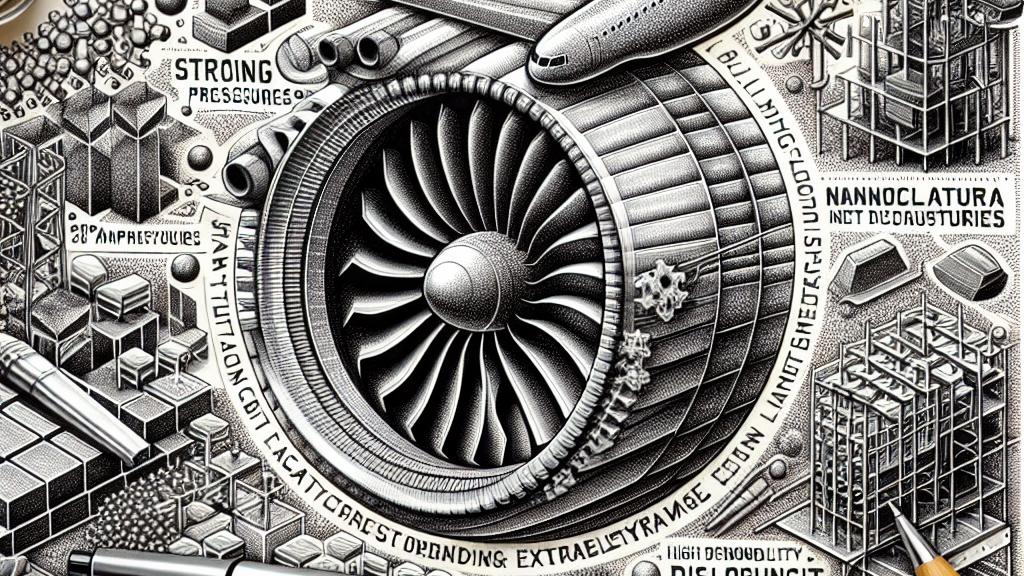Exploring the Potential of Nanocrystalline Materials in Extreme Conditions
Overview
- Nanocrystalline materials exhibit ultra-fine grain sizes below 100 nanometers, leading to unprecedented strength and unique physical properties.
- Critical triple junctions, where three nanocrystals meet, play a pivotal role in ensuring material stability under extreme thermal conditions.
- Ongoing groundbreaking research is focused on engineering advanced materials tailored for high-stakes applications in aerospace and energy sectors.

The Remarkable Characteristics of Nanocrystalline Materials
Nanocrystalline materials are nothing short of extraordinary. With grain sizes often below 100 nanometers, they exhibit properties that vastly differ from traditional bulk materials. This fine structure can lead to exceptional mechanical strength—imagine an alloy used in a high-performance jet engine that can withstand intense pressures and high temperatures without deforming. In fact, their strength comes from the high density of grain boundaries, which obstruct dislocation motion. For example, in cutting-edge applications, nanocrystalline metals are utilized in manufacturing lightweight yet incredibly tough components. This make them ideal not just for aerospace, but also for medical devices and automotive parts, showcasing their versatility across various industries.
The Crucial Role of Triple Junctions in Stability
A fascinating aspect of nanocrystalline materials is the triple junctions—those unique points where three grains meet. These junctions are not merely structural features; they are critical to the material's overall stability. When specific atoms such as gold are purposefully introduced at these junctions, they uniquely influence how the nanocrystal behaves under heat. Consider the innovative study where platinum alloys embedded with gold atoms exhibited remarkable thermal stability, allowing them to retain their integrity in environments that would ordinarily compromise conventional materials. This clever manipulation highlights the potential for designing materials that excel in high-temperature applications, such as components in spacecraft where reliability is paramount.
Pioneering Collaborations and Future Innovations
The journey into the realm of nanocrystalline materials is fueled by collaborative efforts among academia and research institutions. Teams, such as those at Lehigh University and the U.S. Department of Energy's Center for Integrated Nanotechnologies, are using sophisticated computational models to explore atomic arrangements and predict material behaviors with impressive accuracy. This is more than just research; it's a promise of future innovations. Imagine a world where advanced nanocrystalline materials lead to lighter, more efficient engines that reduce fuel consumption. Each breakthrough not only enhances performance but also contributes to sustainability in engineering. As these exciting developments unfold, they appear to mark the dawn of a new era, reshaping industries from energy production to high-tech manufacturing, and inspiring further exploration in materials science.

Loading...